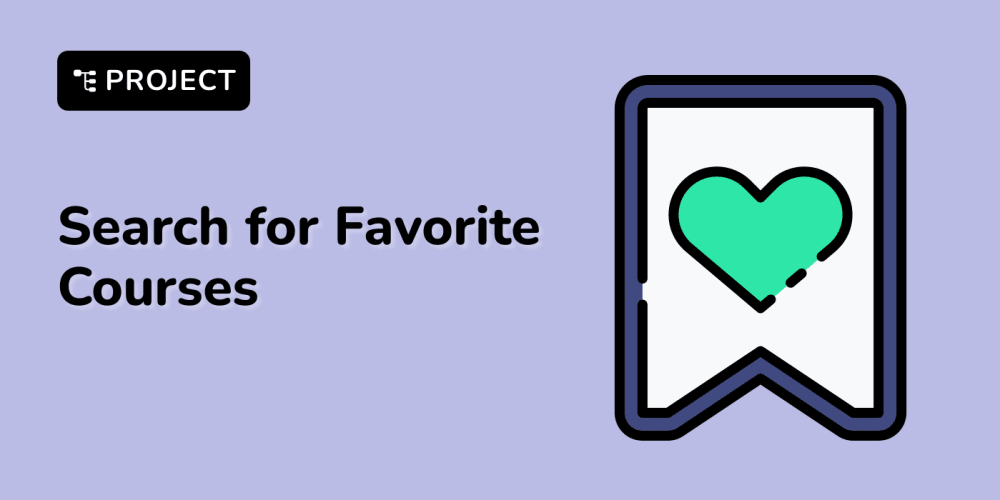The Rise of AI Story Tools: Transforming Creative Writing
Introduction
The world of creative writing is experiencing a paradigm shift with the advent of AI story tools. These innovative technologies are empowering writers of all levels, from aspiring novelists to seasoned professionals, by offering a range of capabilities that enhance, inspire, and even automate the writing process. This article delves into the fascinating world of AI story tools, exploring their capabilities, limitations, and the transformative impact they're having on the art of storytelling.
Understanding AI Story Tools
AI story tools leverage the power of artificial intelligence, specifically natural language processing (NLP), to understand and generate text. These tools can analyze vast amounts of data, learn writing patterns, and generate unique, creative content. While some tools focus on specific tasks like character development or plot outlining, others offer comprehensive writing assistance, covering everything from brainstorming to final editing.
Key Categories of AI Story Tools:
- Story Idea Generators: These tools help writers overcome writer's block by suggesting story concepts, characters, settings, and plot points.
- Character Development Tools: These tools aid in building compelling characters by providing personality traits, backstories, motivations, and even dialogue generation.
- Plot Generators: These tools help writers structure their stories by suggesting plot twists, conflicts, and resolutions.
- Writing Assistants: These tools offer comprehensive writing support, including grammar and style suggestions, synonym finding, and sentence structure optimization.
- Dialogue Generators: These tools generate realistic and engaging dialogue for characters based on their personalities and the context of the scene.
How AI Story Tools Work:
These tools typically rely on a combination of machine learning algorithms and vast datasets. The training data often includes novels, screenplays, and other forms of written narrative, enabling the AI to learn the nuances of storytelling. Here's a simplified breakdown of the process:
- Input: The user provides an input, such as a character description, plot summary, or a specific writing prompt.
- Processing: The AI analyzes the input using NLP algorithms and its training data to understand the context and identify relevant patterns.
- Output: The AI generates output based on its understanding, providing suggestions, ideas, or even complete paragraphs of text.
Popular AI Story Tools and Their Features
1. Sudowrite:
- Features: Story idea generation, character development, plot outlining, writing assistance, and dialogue generation.
- Strengths: Excellent natural language processing, ability to generate diverse writing styles, and user-friendly interface.
Example: A user can input a character sketch and prompt the tool to generate a scene where the character faces a challenging situation.

2. Jasper:Features: Story idea generation, character development, writing assistance, and marketing copy generation.
Strengths: Extensive templates and use cases, powerful AI engine, and integration with other tools.
Example: A user can input a plot summary and prompt Jasper to generate a series of scenes, ensuring a smooth narrative flow.

3. Rytr:Features: Content generation, writing assistance, and SEO optimization.
Strengths: Affordable pricing, versatility across various writing tasks, and user-friendly interface.
Example: A user can input a story idea and prompt Rytr to generate a first draft of the opening scene.

4. Wordtune:Features: Sentence rewriting, synonym finding, and style adjustment.
Strengths: Advanced language processing capabilities, focus on improving writing clarity and flow, and integration with popular writing platforms.
Example: A user can paste a paragraph of text into Wordtune and prompt it to rewrite it in a more concise or engaging style.

5. StoryAI:Features: Story idea generation, character development, and plot outlining.
Strengths: Unique focus on story structure and character arc, user-friendly interface with visual aids, and detailed reports on writing progress.
Example: A user can input a few keywords about their desired genre and character type, and StoryAI will generate a complete plot outline.

6. Draft:Features: Writing assistance, grammar and style suggestions, and sentence structure optimization.
Strengths: Emphasis on natural language understanding, integration with popular writing platforms, and real-time feedback during the writing process.
-
Example: A user can start writing a story in Draft and receive instant suggestions for improving sentence flow, eliminating redundancy, and enhancing style.

Benefits and Limitations of AI Story Tools
Benefits:
- Overcome Writer's Block: AI tools can provide fresh ideas and inspiration when writers are stuck.
- Enhance Creativity: Tools can challenge writers to think outside the box and experiment with new approaches to storytelling.
- Improve Writing Quality: Tools can help writers refine their grammar, style, and sentence structure, leading to clearer and more engaging writing.
- Save Time and Effort: Tools can automate repetitive tasks, allowing writers to focus on the creative aspects of storytelling.
- Explore Different Genres and Styles: Tools can assist writers in venturing into new genres or experimenting with diverse writing styles.
Limitations:
- Lack of Emotion and Depth: AI tools often struggle to capture the complexities of human emotion and create truly nuanced characters.
- Reliance on Data: The output generated by AI tools can sometimes feel formulaic or derivative, relying heavily on patterns learned from training data.
- Ethical Considerations: The use of AI in creative writing raises concerns about plagiarism, authorship, and the potential for AI to replace human writers.
- Limited Understanding of Context: While AI tools have advanced significantly, they still struggle to fully understand the nuances of human language and cultural context.
Ethical Considerations
The rise of AI story tools has sparked important ethical discussions. Here are some key concerns:
- Plagiarism: AI-generated content can be mistaken for original work, raising questions about plagiarism and copyright.
- Authorship: When an AI tool contributes significantly to a story, who is the rightful author? This issue is particularly complex in collaborative writing scenarios.
- Job Displacement: Some fear that AI tools could eventually replace human writers, leading to job losses in the creative industry.
- Bias and Discrimination: AI models are trained on massive datasets, which can reflect existing biases and perpetuate harmful stereotypes.
It's essential for writers and developers alike to address these concerns responsibly. Transparency, clear attribution, and ongoing ethical discussions are crucial for the ethical and responsible use of AI in creative writing.
Integrating AI Tools into Your Writing Process
AI story tools can be valuable assets for writers, but it's important to use them strategically. Here are some tips for integrating AI into your writing process:
- Use AI as a Tool, Not a Substitute: Remember that AI tools are meant to augment your creativity, not replace it.
- Set Clear Goals: Before using an AI tool, define your writing objectives and how the tool can help you achieve them.
- Experiment with Different Tools: Explore various AI story tools to find those that best suit your needs and writing style.
- Review and Edit Carefully: Always critically evaluate the output generated by AI tools and refine it with your own voice and ideas.
- Don't Rely Solely on AI: Human creativity and intuition remain essential for crafting compelling stories.
Conclusion
The rise of AI story tools is transforming the landscape of creative writing, offering unprecedented opportunities for writers to enhance their craft and unlock new possibilities. While these tools can be powerful aids, it's important to approach them with a critical eye, utilizing them strategically and ethically. Ultimately, AI story tools serve as powerful companions, complementing human creativity and pushing the boundaries of storytelling. As AI technology continues to evolve, we can expect even more innovative tools and exciting possibilities for the future of creative writing.


















